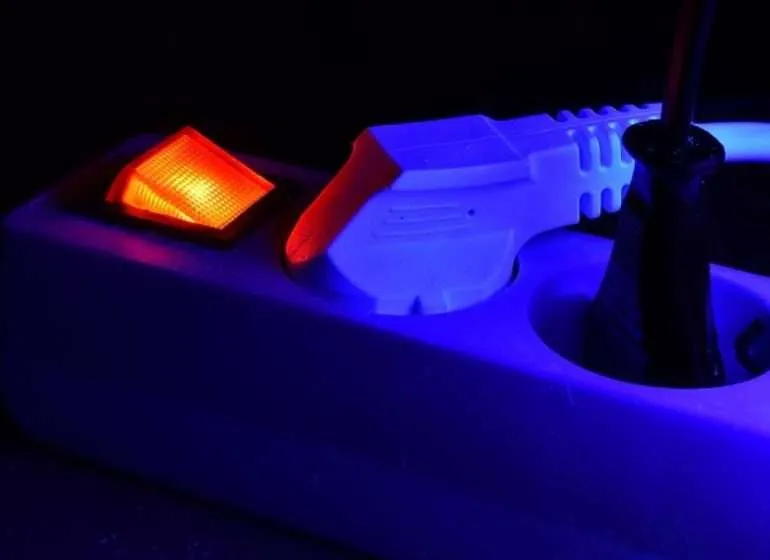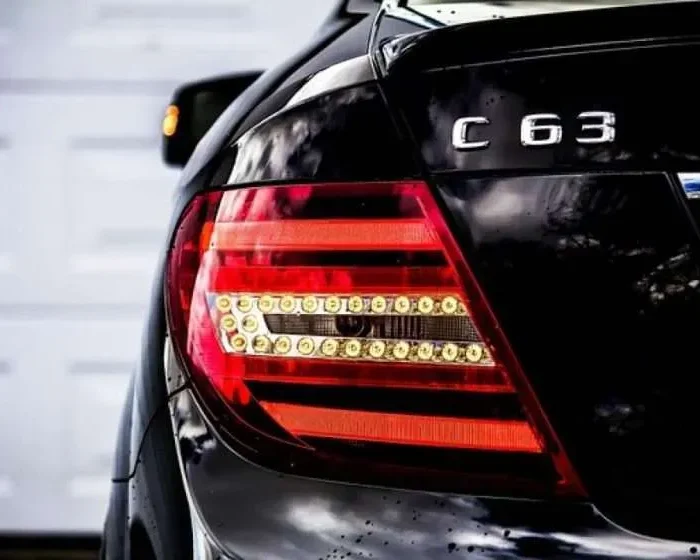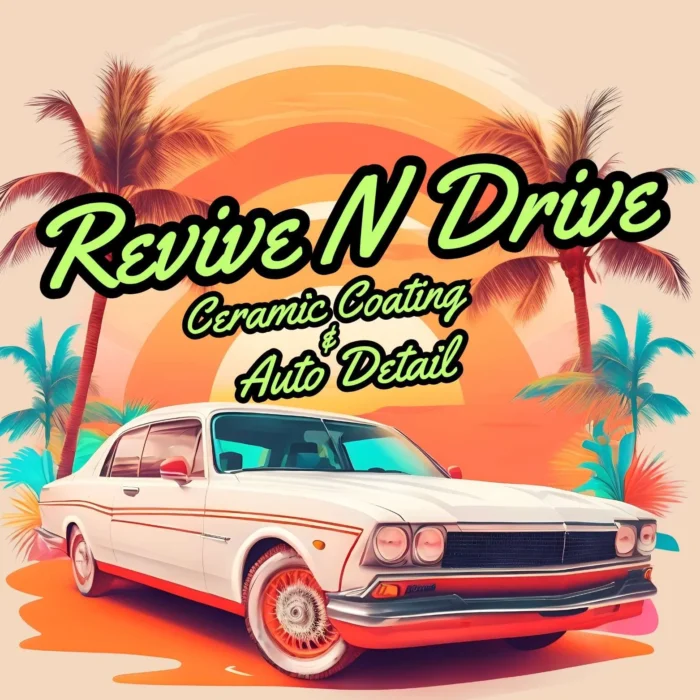The sun might be great for beach days, but it’s not so kind to your vehicle. Those UV rays can wreak havoc, fading your paint, cracking your dashboard, and even damaging your seats. If you’ve noticed your ride looking a little under the weather, it’s time to take action.
Think of your car as an investment, one that deserves a little TLC to keep it looking and running its best. Protecting it from UV damage not only preserves its appearance but also maintains its value over time. A few simple steps can make a world of difference.
Worried it’s all too complicated or time-consuming? Don’t be! Shielding your car from the sun’s harsh rays is easier than you think. Whether you’re cruising down the highway or parked for the day, there are practical solutions that fit seamlessly into your routine.
Ready to keep your vehicle shining brightly? Let’s dive into some tips that will help you safeguard your car and ensure it stands out for all the right reasons.
Understanding UV Damage and Its Effects on Vehicles
You may not realize it, but those sunbeams can be silent attackers. UV rays are responsible for more than sunburns; they have a knack for sneaking up on your vehicle, causing all sorts of trouble over time.
First off, let’s talk paint. Constant exposure to UV light leads to oxidation, making your car’s once vibrant paint appear dull and faded. That glossy finish? Slowly turning into a matte nightmare.
Your car’s interior isn’t immune either. Protective coatings can play a key role in safeguarding the dashboard, often basked in sunlight through the windshield, which becomes prone to cracking and discoloration. Seats, especially leather or vinyl, can dry out and start to split, leaving an unsightly appearance and an uncomfortable ride.
Even under the hood, UV damage plays its part. Parts like hoses and belts can degrade faster in intense sun, potentially leading to bigger, more costly issues down the road.
Taking steps to mitigate these effects isn’t just about aesthetics—it’s about preserving the health and function of your vehicle. Knowing the enemy is the first step in crafting an effective defense, ensuring your car stays in showroom shape for years to come.
Choosing the Right Protective Coating for Your Vehicle
Picking a protective coating might seem daunting with so many options flashing before your eyes, but fear not—finding the ideal shield for your car is simpler than you think.
Types of Coatings
Waxing is the classic go-to. Easy to apply and budget-friendly, a good wax job adds a shiny layer of defense, deflecting harmful UV rays. Regular application is key though, as it doesn’t last forever.
If you’re looking for something more robust, consider sealants. These synthetic alternatives offer longer-lasting protection, extending to a full year in some cases. A little higher in cost, but well worth the longevity.
Ceramic coatings are the premium choice. They offer a semi-permanent barrier, withstanding UV radiation and even light scratches. Although a bigger investment, they provide unmatched durability and shine.
Application Tips
Regardless of your choice, applying it properly makes all the difference. Start with a clean car; any dirt left behind can hinder your efforts. Follow the manufacturer’s instructions to the letter to ensure the best results.
By selecting the right coating and applying it diligently, you’ll forge a strong line of defense against the sun’s relentless attack, keeping your ride looking new and fresh.
Tips for Properly Washing and Drying Your Vehicle to Minimize UV Damage
Maintaining that fresh-off-the-lot shine and warding off UV damage starts with a good wash. But it’s not just about grabbing a sponge and bucket—it’s about technique and timing.
First, choose the right time of day. Washing your car under the blazing sun can lead to water spots and streaks, which are tough on paint. Early morning or late afternoon are sweet spots for a sun-safe wash.
Use a quality car wash soap, not household detergents that can strip protective coatings. These specialized soaps lift dirt without harming your car’s finish.
Rinse your vehicle thoroughly before washing to remove loose dirt that could scratch the surface. And remember, a soft microfiber mitt or a dedicated sponge is your car’s best friend.
When it comes to drying, resist the urge to air dry—this can cause spotting. Opt for a clean, soft microfiber towel instead. Blot, don’t drag it across the surface, to prevent scratches.
Keeping this routine not only preserves your car’s aesthetics but also its shield against UV rays, making your maintenance efforts count all the more.
Utilizing Car Covers and Shelters to Shield Your Vehicle from UV Rays
When it comes to protecting your car from relentless UV exposure, car covers and shelters can be your best allies. They’re an upfront investment that pays off by saving your vehicle from unnecessary wear and tear.
For folks without a garage, a quality car cover acts like a mobile garage. It’s crucial to go for covers specifically designed for UV protection—these are made with materials that reflect sunlight, reducing the temperature inside your vehicle and keeping your car’s finish pristine.
Make sure the cover fits well to avoid flapping that could scratch the paint. Also, only cover a clean car; dirt trapped underneath can be damaging over time.
Shelters offer another layer of protection. Pop-up canopies or portable garages can prevent UV damage when parking outside for extended periods. Just ensure they are stable and weather-resistant for maximum effectiveness.
Even if you’re simply parking at work, consider finding a shaded spot. Tree cover or building shadows can greatly reduce UV exposure during the day.
By taking advantage of these simple yet effective solutions, you can keep your car looking newer for longer, ensuring those UV rays don’t stand a chance.
How Regular Maintenance Can Help Prevent UV Damage
Keeping up with regular maintenance isn’t just about engine checks or oil changes—it’s also a critical part of protecting your car against UV damage. Consistent care goes a long way in ensuring that your vehicle remains as stylish and functional as when you first drove it off the lot.
Routine Inspections
Start by routinely inspecting your car’s exterior. Look for signs of fading or cracking in the paint and address them promptly. Spotting issues early means you can apply touch-ups or consult a professional before small problems escalate.
Don’t overlook the interior. Dusting and cleaning the dashboard and upholstery can prevent the accumulation of particles that might exacerbate degradation under the sun’s relentless heat. Use products designed for UV protection, such as conditioners for leather seats or protectants for plastic surfaces.
Staying Ahead with Protective Measures
Integrate regular washing and waxing into your schedule. This doesn’t just keep your car shiny, it renews protective layers against UV rays. For the windows, consider applying a UV tint or film that blocks harmful rays while improving your car’s energy efficiency.
By weaving these maintenance tips into your routine, you strengthen your car’s defenses against UV exposure, ensuring it looks great and holds its value longer. Regular maintenance is your vehicle’s best friend in its battle against the sun.
The Bottom Line: Implementing a Comprehensive UV Protection Strategy for Your Vehicle
Protecting your vehicle from UV damage doesn’t have to be a daunting task. By implementing a few strategic practices, you can keep your car looking its best for years to come. Start by understanding the potential damage that UV rays can inflict and take proactive steps to combat them.
Select the right protective coatings to enhance your car’s resilience against the sun’s harmful rays. Don’t forget the power of proper washing and drying techniques, as they play a crucial role in minimizing damage. When combined with high-quality coatings, they form a solid first line of defense.
Car covers and shelters offer additional protection, especially if you frequently park outdoors. These tools help shield your vehicle from constant exposure, effectively reducing wear and maintaining its exterior and interior integrity.
And another thing to keep in mind is that, regular maintenance can go a long way. Developing a habit of routine inspections and staying on top of small repairs keeps your car in top condition while extending its lifespan. Include UV-protective products for interiors and consider window tints for comprehensive coverage.
Ultimately, a well-rounded UV protection strategy involves combining these methods to safeguard every inch of your vehicle. By being attentive and consistent in your efforts, you’re setting up your vehicle for longevity and potentially higher resale value.
Your car is a significant investment and a reflection of your lifestyle. By implementing these steps, you’re not only preserving its beauty but also ensuring that it serves you reliably, day in and day out. With the right approach, protecting your car from UV damage is both manageable and rewarding.




